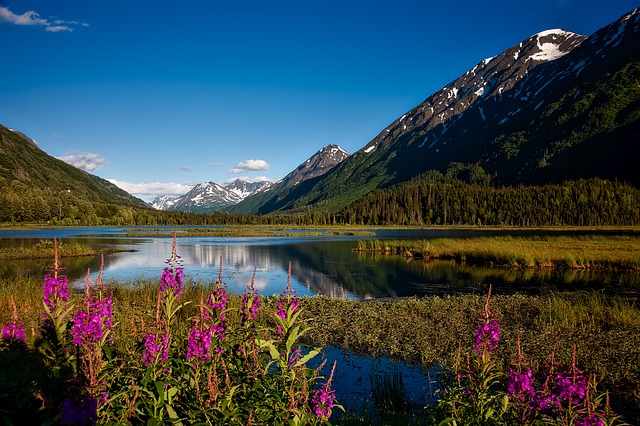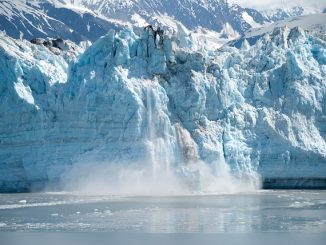
Most people typically associate carbon dioxide emissions with the smoke that comes from vehicles. What many probably aren’t aware of is that carbon emissions can come from the ground as well. Specifically, melting permafrost from frozen regions like Alaska can cause the release of carbon dioxide into the atmosphere. And with global warming continuing to wreak havoc on our planet, the rising temperature is causing permafrost to melt faster and release huge amounts of carbon dioxide into the air at surging rates.
Permafrost melts and releases carbon dioxide during summer. That’s understandable. The problem is that even during winter permafrost is melting and is taking far longer to refreeze, and that is causing more carbon dioxide emissions. And as it continues to get even warmer, more CO2 will be released into the atmosphere, causing global temperature to rise even higher, and even more CO2 to be released. And the cycle will just go on and on.
According to research recently published in the journal Proceedings of the National Academy of Sciences, measurements of CO2 levels taken by National Oceanic and Atmospheric Administration and NASA’s Jet Propulsion Laboratory show that between 1975 and 2015, the amount of CO2 released from the Alaskan tundra increased by over 70% between October and December. It seems that right now, Alaska is releasing more CO2 than what it is keeping buried. Obviously, nothing else could be causing this other than warming temperatures.
To make things clearer, the top layer of soil that sits above permafrost melts from the heat during summer, causing decaying organic matter to produce CO2. When winter sets in starting in October, the melted soil refreezes, preventing CO2 from escaping into the air. That is the ideal cycle. But things have changed. It should normally take only about one month for thawed soil to refreeze. But because of global warming, the process now takes three months or more. Essentially, that’s like an extra two months worth of CO2 emissions.
This thawing of permafrost was actually predicted by a number of models. What makes the situation worrisome is that it’s happening much sooner than expected. It is estimated that the amount of carbon stored in permafrost is double the amount of carbon in the Earth’s entire atmosphere. For our sake, it is better for all that carbon to remain buried. But the sad and alarming fact is, the record-breaking high temperatures we’ve been experiencing is likely to free up all that C.
As it is, warming at the Arctic is happening at a rate that’s double what the rest of the world is experiencing. Alaska itself has suffered three consecutive record warm years. And just last year, its average temperature was 5.9 degrees Fahrenheit higher than the long-term average.
There’s also the matter of Alaska not being the only region where permafrost lies. Canada and Siberia are permafrost regions too, and they’re much bigger than Alaska. So if Alaska’s permafrost is capable of releasing an alarming amount of CO2, which by the way is the fourth most abundant element in the universe, just imagine how much worse it will be if the same were to happens in vaster regions. And if the Trump administration continues with their anti-science agenda even in light of additional supporting proof that global warming is real, then the 100-year timeline that Stephen Hawking warned us we had left might just turn out to be an over-estimation.
- Bulenox: Get 45% to 91% OFF ... Use Discount Code: UNO
- Risk Our Money Not Yours | Get 50% to 90% OFF ... Use Discount Code: MMBVBKSM
Disclaimer: This page contains affiliate links. If you choose to make a purchase after clicking a link, we may receive a commission at no additional cost to you. Thank you for your support!




Leave a Reply